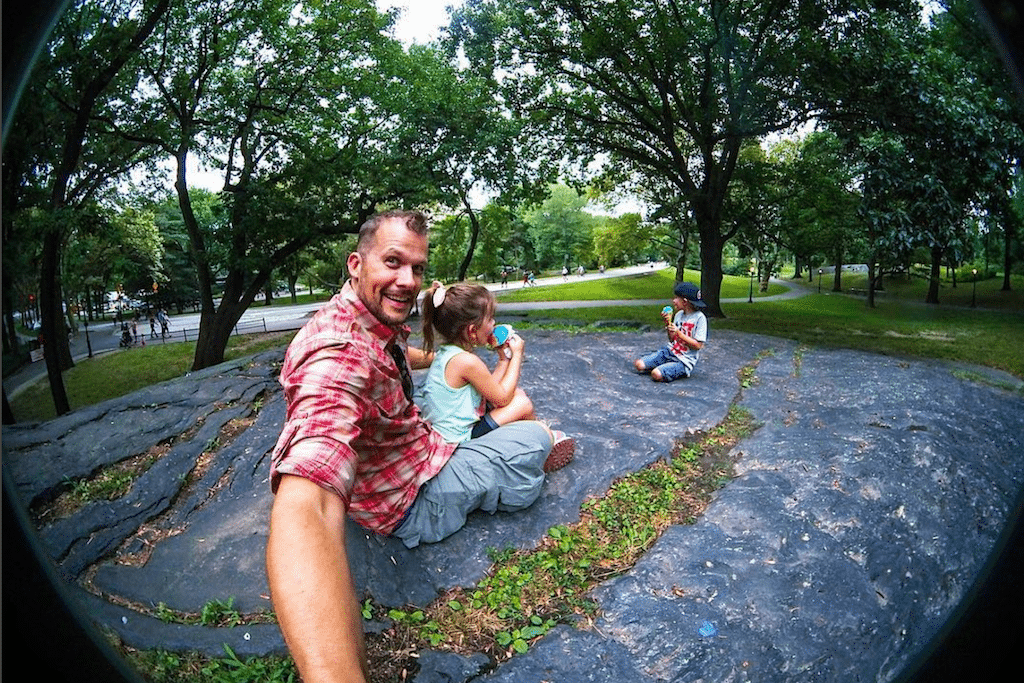Two Hospitality Brands, Two Different Virtual Reality Marketing Strategies

Skift Take
Although consumer access to virtual reality equipment is still fairly limited, these hospitality brands are leveraging the technology in novel ways, all in the hopes of telling new stories to their guests.
While it’s still debatable whether virtual reality is having a wider impact on travelers — primarily because few seem to have access to high-quality VR equipment — that’s not stopping hospitality brands from using it to market to consumers.
Dubai-based Jumeirah Hotels & Resorts and London-based St Giles Hotels are two such brands using virtual reality technology to engage with consumers.
In a June Marketing Week poll of 1,117 U.K. adults, 56 percent of respondents said they’d like to experience travel when using virtual reality. However, that same poll also noted 46 percent of respondents believe they “can’t see any practical use in VR for people like me.”
Jumeirah Inside
In November 2015, Jumeirah, in cooperation with Google, launched Jumeirah Inside. Using 360-degree video footage and photography, the site allows guests to make hotel bookings and see what it’s like to stay at one of Jumeirah’s properties, including the iconic Burj Al Arab Jumeirah in Dubai.
What makes this particular experience different from others is the deep level of immersion it allows users to have, especially with the Burj Al Ara
